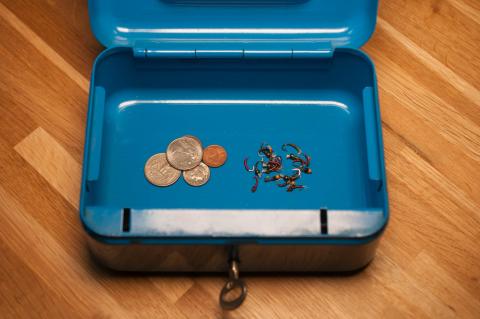Thanks for your comments, Jay. Always nice to talk about details of a pattern.
* Smaller thread won't cut the deer and elk hair I use (of course delicate hair isn't the best choice for Humpies), as long as you untwist the thread after a number of wraps. Also, it's considerably more bulky than the Veevus or Textreme thread I use. In addition to that: if you tie with a thread tension just below the breaking point of the thread, three wraps of thinner threads are plenty strong enough to tie down larger amounts of hair if you like a bigger hump.
* Shorter or longer tails are a matter of preference, and I'm with you on shorter tails if you use deer hair, because this will flare less because we're tying down hair towards the tips, which is less prone to flaring under pressure. An advantage of a longer (or thicker) tail is that it adds some mass to counterbalance the somewhat heavier wing.
* Hair with short tips: yes! That's the reason I prefer Elk hair because it has a steeper taper towards the tips. Yearling and early season is an excellent choice. I have some early season cow elk from Chris Helm that works very well for this.
* Elk hair is indeed more robust than deer, but the Elk I use works well on Humpies down to #16 (that's the smallest size I tie them in.)
- Log in to post comments

